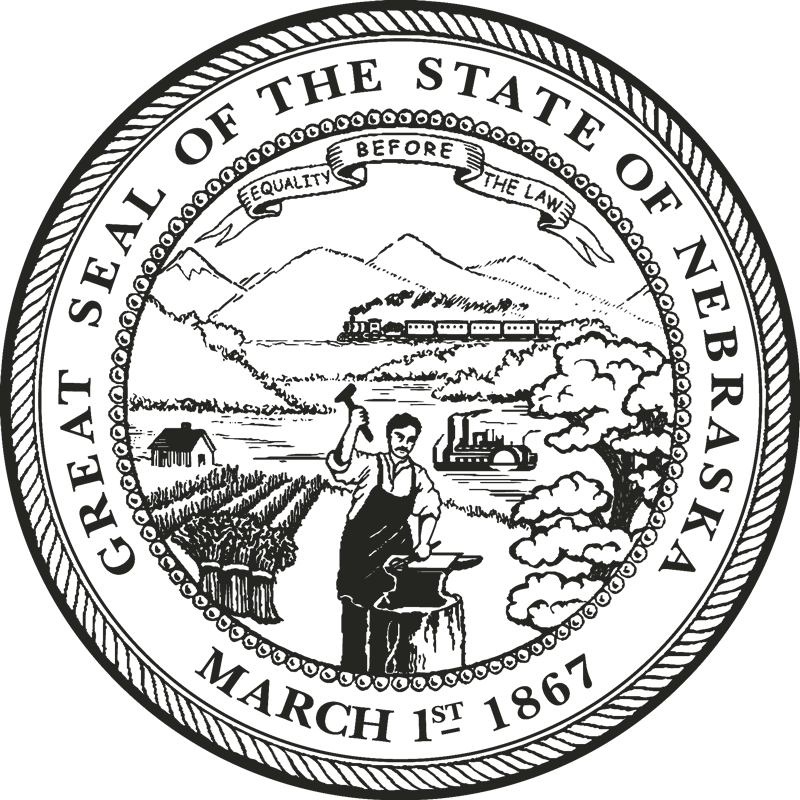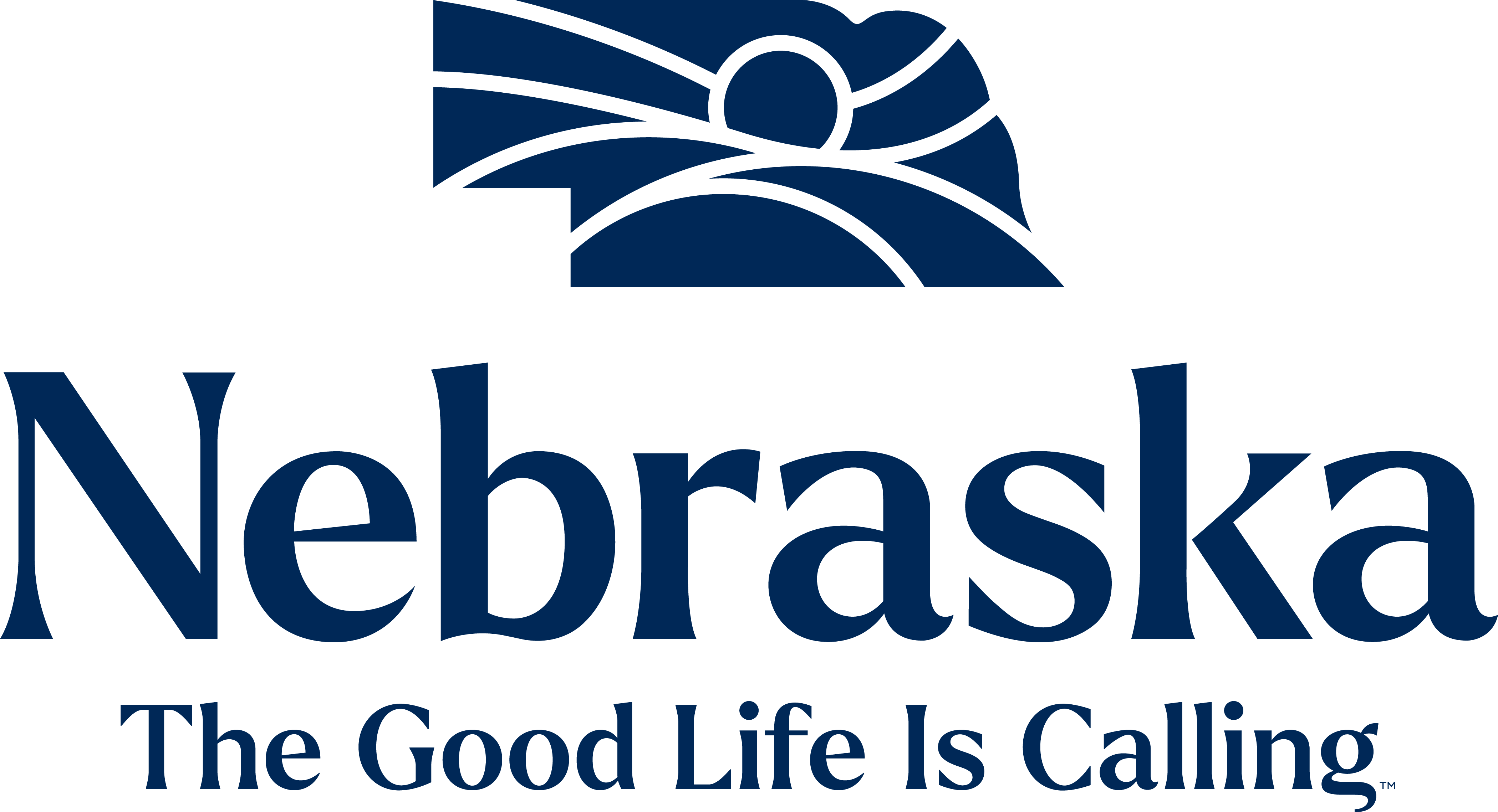Duplication of Benefits

What is Duplication of Benefits?
Duplication of Benefits (DOB) occurs when a Subrecipient, Successful Applicant, or beneficiary receives assistance from more than one source, and the total assistance amount from all sources exceeds the need for the particular recovery purpose. For example, CDBG-DR funds cannot pay for home repairs if the homeowner is already receiving sufficient funds from his or her insurance company for the same repairs or is receiving sufficient funds from the Federal Emergency Management Agency (FEMA), State or local government, or non-profits for the same repairs.
Want to Learn More?
Refer to Chapter 18: Duplication of Benefits of the CDBG-DR Manual for further guidance related to this cross-cutting requirement.
The State of Nebraska’s Disaster Recovery Action Plan further articulates requirements and programmatic structures that apply to all CDBG-DR programs. See also HUD’s Disaster Recovery Library: Duplication of Benefits.
Roles and Responsibilities
DED manages all DOB checks, and in addition, Successful Applicants will conduct DOB checks on the end beneficiary in the Housing Production Program. All Subrecipients, Successful Applicants, and beneficiaries must comply with DOB checks.
Nebraska Department of Economic and Development
DED is responsible for preventing, detecting, reporting, and rectifying duplicative benefits identified under CDBG-DR programs. DED will coordinate with Successful Applicants to support DOB checks, lead DOB checks for funds administered directly by the State to Successful Applicants and other beneficiaries, and review DOB checks conducted by Successful Applicants to verify there is no duplicative benefit.
Successful Applicants
Successful Applicants will be responsible for DOB checks of beneficiaries in the Housing Production Program. A reference to a DOB check of a beneficiary is associated with a Successful Applicant as the entity responsible for verification. This includes the following:
- Leading DOB checks;
- Demonstrating why providing CDBG-DR funds to beneficiaries is necessary and reasonable and/or analyze the circumstances under which other assistance was declined;
- Obtaining documentation directly from beneficiaries to determine if they received insurance benefits or other resources and how those funds were used to ensure there are no DOB issues;
- Reviewing data and information provided by DED (if applicable) to complete DOB checks (i.e., FEMA and SBA data); and
- Reporting DOB checks to DED for review and rectify any errors identified by DED.
Beneficiaries and Subrecipients
All beneficiaries and Subrecipients are responsible for reporting all assistance received that may constitute a duplicative benefit. DED will publish the forms for beneficiaries and Subrecipients to report assistance received that may result in a duplication of benefits at https://opportunity.nebraska.gov/programs/community/cdbg-dr/
Program Specific DOB Verification Procedures
The DOB verification procedures differ based on the program type and the entity responsible for administering the program. The following sections identify the DOB verification procedures for the following programs:
- Affordable Housing Construction Program, including associated subprograms: CDBG-DR LIHTC Gap Financing, Small/Non-LIHTC Rental Production, and Homeownership Production;
- Infrastructure Match Program; and
- Housing Resiliency Planning Program.
In order to maintain accurate assessments of applicants’ unmet needs, DED will require that Subrecipients review recovery needs according to the structure of the associated program.
DOB Verification: Affordable Housing Construction Program
DED will conduct DOB checks for all subprograms under the Affordable Housing Construction Program to verify Successful Applicants and beneficiaries have not received a duplicative benefit for projects.
How will DED complete the DOB Calculation for the AHCP?
- Determine Affordable Housing Construction Program activity eligibility and need;
- Subrecipient calculates the beneficiary’s total need for assistance;
- Review DOB Certification/Affidavit form for sources of assistance for the same purpose as the AHCP;
- Verify potentially duplicative assistance by ensuring documentation is complete and shows total award amounts; and
- Calculate the total assistance determined to be duplicative.
In addition to the DOB check conducted at the beginning of the program, assistance for the AHCP will be reassessed when the project is completed to verify that the beneficiary has not received a duplicative benefit for the same project during the course of the project.
DOB Verification: Housing Resiliency Planning Program
How does DOB apply to the HRP program?
As described in the Housing Resiliency Planning Program Guide, planning activities funded through this program cannot be duplicated or matched by other funding sources intended for the same purpose. DED will verify this information during the application process.
DOB Verification: Infrastructure Match Program
How does DOB apply to the HRP program?
As described in the Infrastructure Match Program Guide, DED must verify that CDBG-DR funding does not duplicate funding already provided for the same purpose. DED verifies DOB by reviewing information submitted by eligible Subrecipients during the detailed eligibility review.
Frequently Asked Questions
Q: Which programs must comply with the DOB requirement?
A: The Duplication of Benefits federal requirement is applicable to the Infrastructure Match Program, the Affordable Housing Construction Program, and the Housing Resiliency Planning Program.
Q: How are DOB Calculations completed?
A: Funds received from any source, including FEMA, flood insurance, and hazard insurance, that were used to cover repair to the homeowner’s home will reduce the amount of disaster assistance if the evidence of expenditures at least equals the amount of assistance provided from the source(s). Documentation must be provided demonstrating the cost and type of repair conducted
Here is an example of a DOB Calculation for covering repairs to a homeowner’s home:
-
Eligible repair costs: $95,000
-
FEMA assistance for structural repairs: $20,000
-
Private insurance for structural repairs: $35,000
-
Total Duplication of Benefits (sum of 2 and 3): $55,000
-
Maximum eligible award (1 less 4): $40,000
Contact Information
Questions and comments regarding CDBG-DR programs should be directed to the State of Nebraska’s Department of Economic Development (DED) via email at ded.cdbgdr@nebraska.gov or by calling (800)-426-6505.

